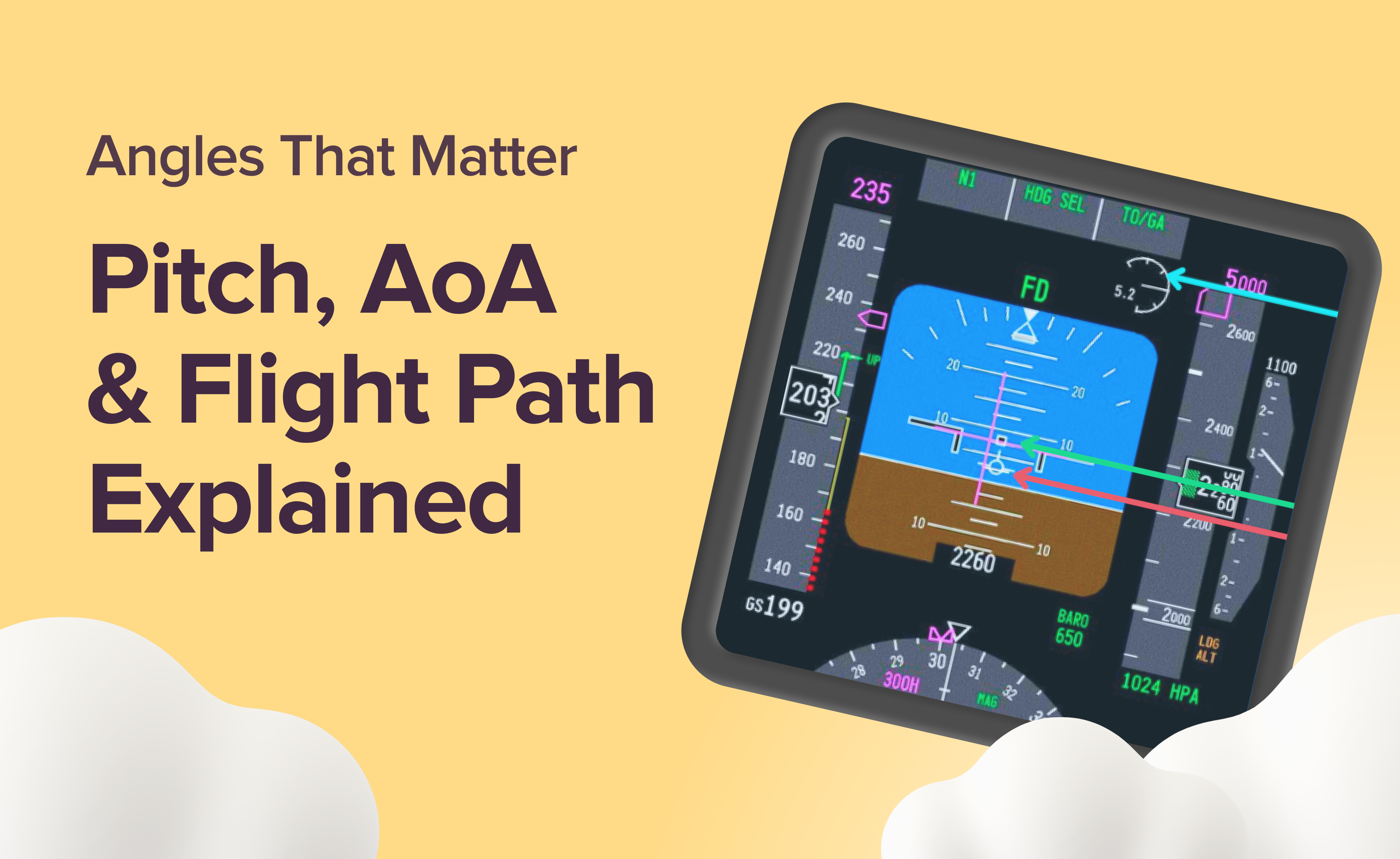ATPL Lessons with Chris Keane: Atmosphere Introduction

As an aspiring pilot, understanding the atmosphere’s role in aviation is one of the most important foundations you can build. Although the topic might seem simple on the surface, it’s deceptively complex. For many ATPL students, the Meteorology module can feel overwhelming, especially when faced with concepts like air pressure, temperature, and air density, which interact in ways that affect every aspect of flight.
The global weather systems you study in this module may seem abstract or overly technical at times, but mastering these ideas is essential for safe flight operations. Understanding the atmosphere isn’t just a box to check on your way to getting licensed — it’s crucial to everything you do as a pilot.
The ATPL Meteorology exam can be a real challenge, with 84 multiple-choice questions to answer in just 2 hours. Its difficulty is rated medium to hard, and while 81% of students pass the module, it takes dedication and a clear understanding of how the atmosphere works to succeed. But it’s not all struggle — the complex and dynamic nature of this subject can also make it an exciting adventure for those willing to dive deep.
Explore key subtopics & core concepts of the Meteorology Syllabus
Chris Keane, an expert pilot and instructor, breaks down the essentials of the atmosphere and how it affects flight. This summary will guide you through the most important elements, including air pressure, temperature, and air density, and how these factors combine to influence lift, aircraft performance, and overall safety. Whether you’re new to these concepts or revisiting them, you’ll gain practical insights that will help you master this critical aspect of your pilot training.
Basics of the Atmosphere
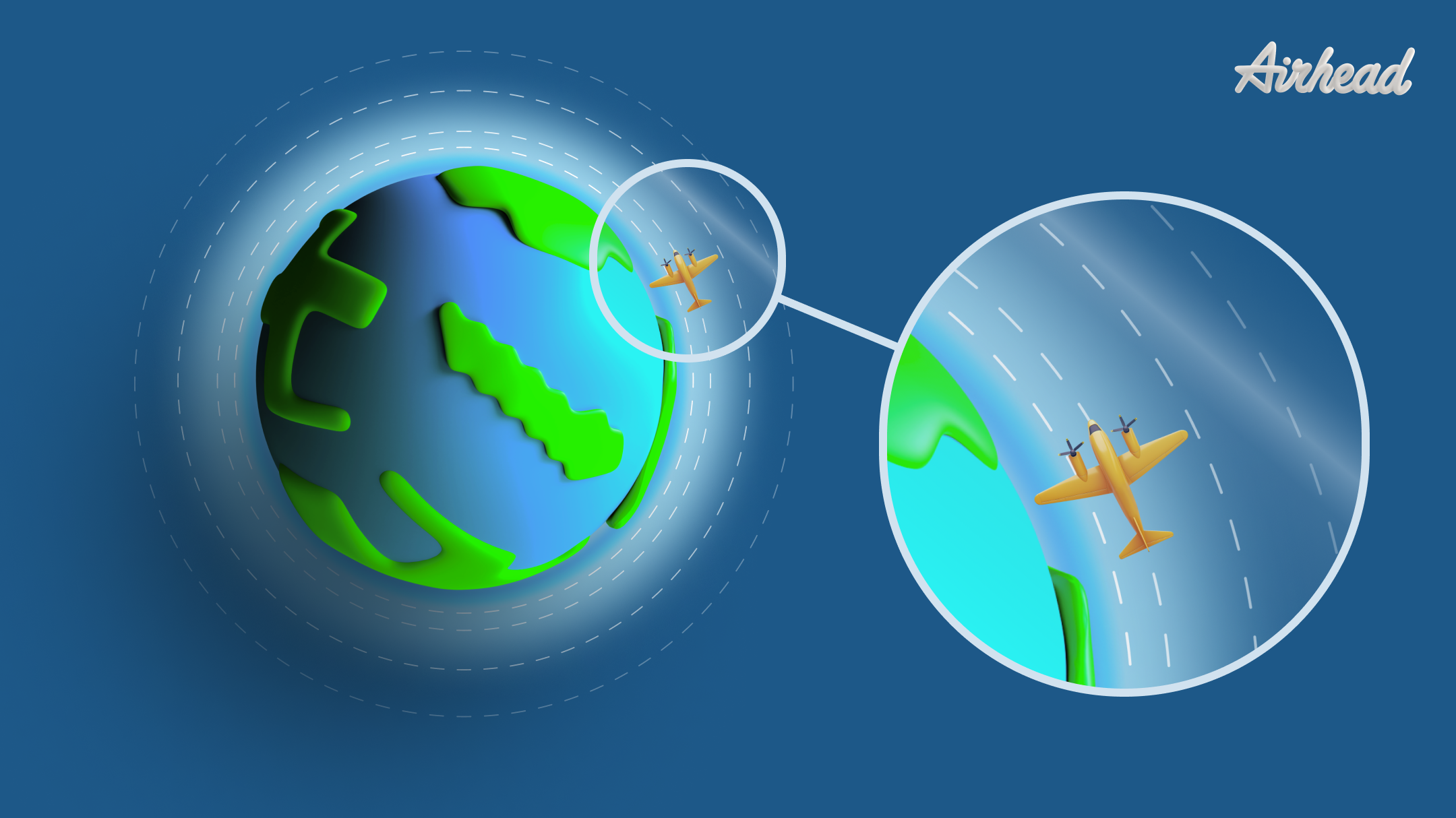
At its core, the atmosphere is the medium where all aircraft operate. It’s a mix of gases that create the lift necessary for flight. Two of the most significant factors impacting this are temperature and density.
Air Density and Lift
Density, measured in kilograms per cubic metre, is represented by the Greek letter ρ (rho). This symbol is commonly used in aviation and physics to denote air density, which plays a crucial role in calculating lift, drag, and overall aircraft performance. Understanding how ρ changes with altitude, temperature, and pressure is essential for pilots to assess flight dynamics and ensure safe operations accurately.

As Chris explains, the density of the air determines the mass flow over an aircraft’s wings, which is a key factor in creating lift. The higher the altitude, the lower the air density, meaning there is less mass flowing over the wings, and thus, less lift is produced. This is why flying at higher altitudes generally requires more speed — to compensate for the thinner air and maintain sufficient lift.
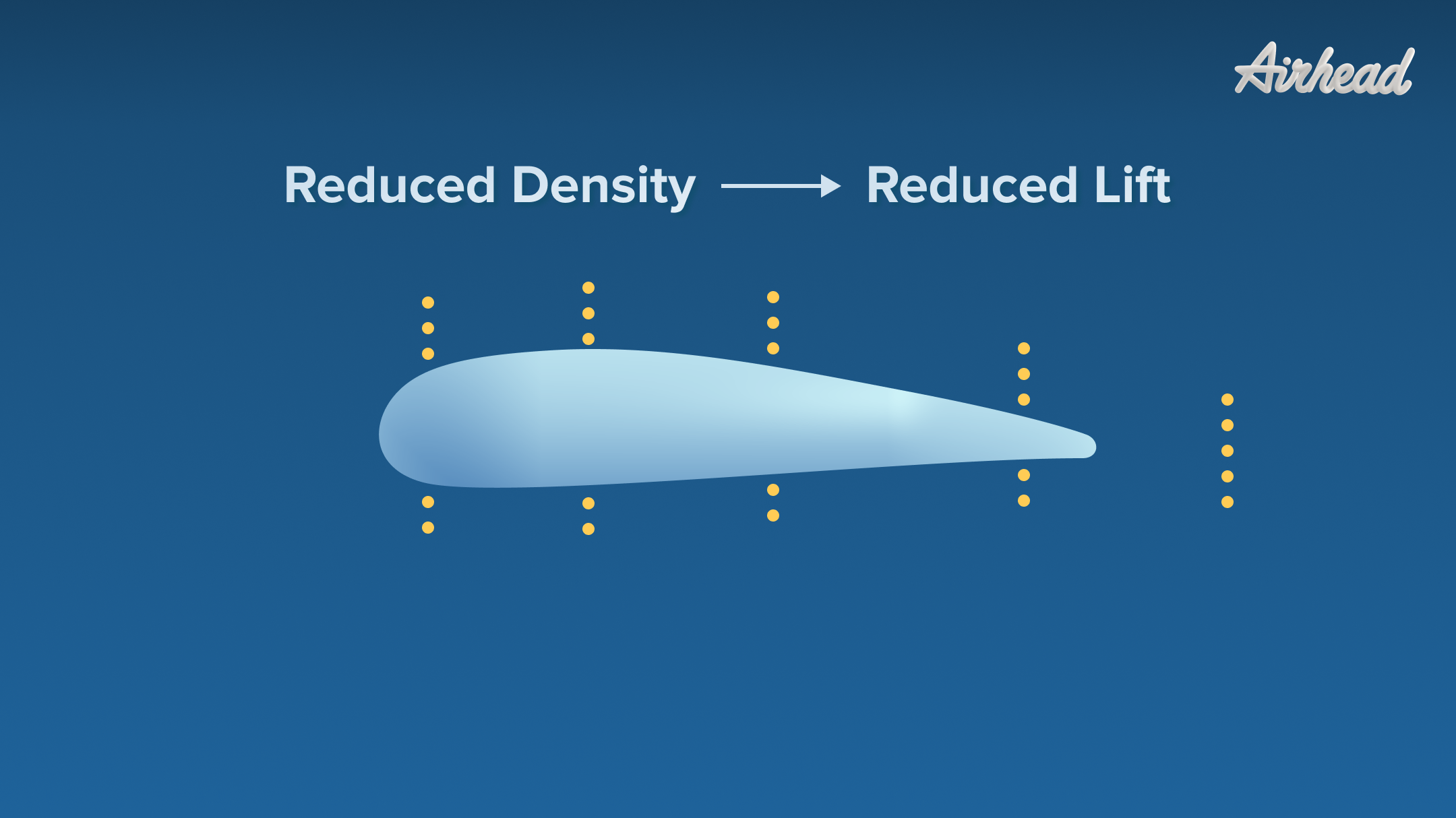
In technical terms, if air density is low, pilots can compensate by increasing the velocity (V²) of the aircraft. The faster you fly, the more air mass flows over the wings, allowing you to maintain lift even in lower-density air. This balance between air density and speed is critical to managing an aircraft's performance.
The Role of Air Pressure
Air pressure plays an equally important role. There are two types of pressure pilots need to understand: static pressure and dynamic pressure.
Static pressure is the weight of the atmosphere pressing down on everything at all times. Chris compares it to a “pile of marshmallows” stacked on top of each other — the lower you are in the atmosphere, the greater the pressure, as you’re carrying more of the “pile” above you. This static pressure changes with altitude, and it’s what allows barometric instruments to gauge altitude. At sea level, standard static pressure is about 1013 hPa (or 29.92 inches of mercury), a key figure in the International Standard Atmosphere (ISA) model.

Dynamic pressure, on the other hand, relates to the motion of the air. As air flows over the wings or through the aircraft, its pressure changes, influencing how the plane flies. Together, static and dynamic pressures are crucial for calculating lift and aircraft performance.
Temperature and Its Impact on Flight
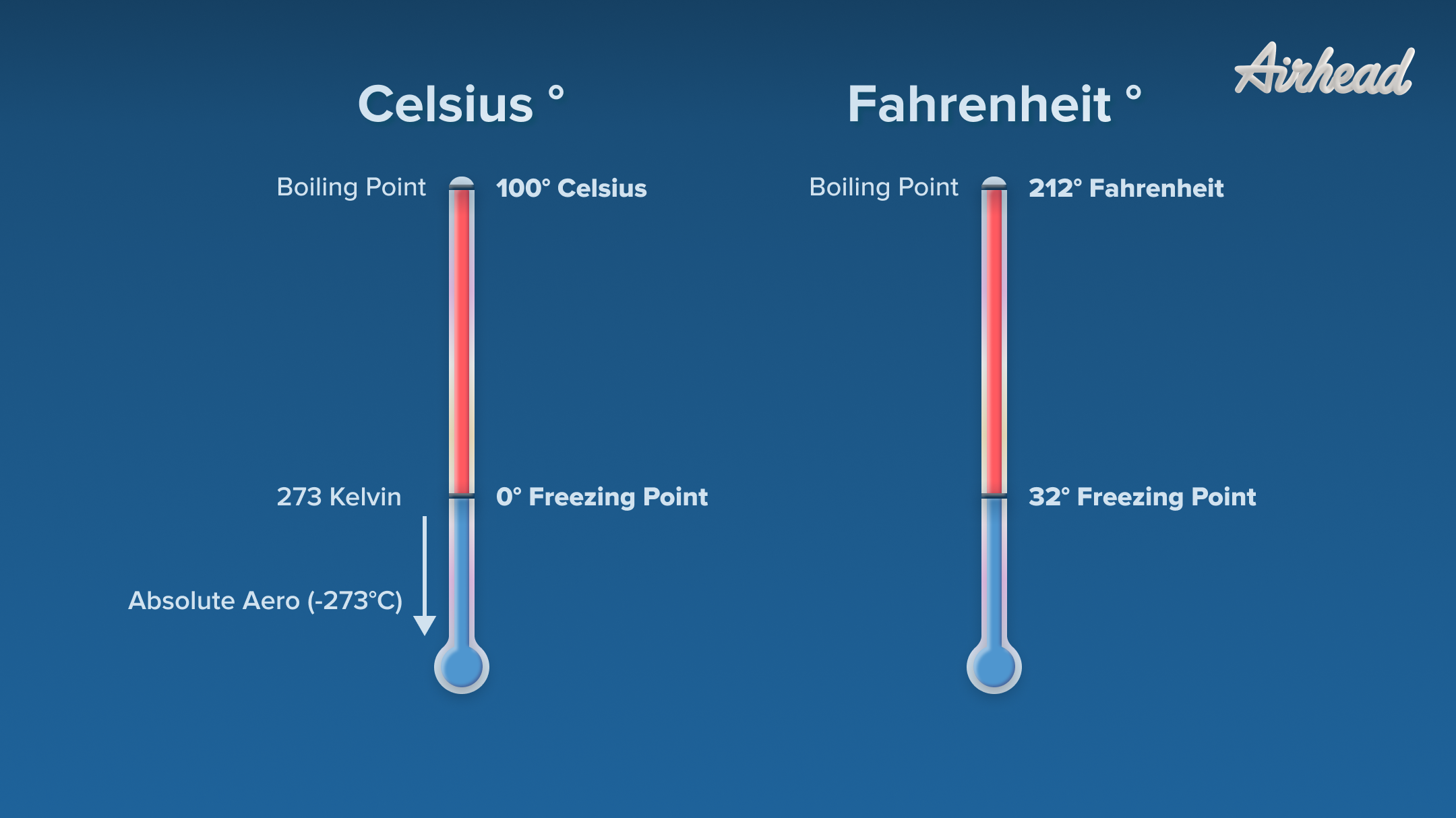
Temperature is another key variable in flight operations, as it directly impacts air density. As you climb higher in altitude, the temperature generally decreases, which also reduces air density. This cooling effect is especially important for pilots because it affects the aircraft’s ability to generate lift.
Chris explains that in aviation, we often use two temperature scales — Celsius for everyday measurements and Kelvin for thermodynamic calculations. The International Standard Atmosphere (ISA) model assumes a temperature of +15°C at sea level, with the temperature decreasing by about 1.98°C per 1,000 feet (0.3 km) until you reach the tropopause (around 36,000 feet (ca. 11 km) at mid-latitudes). Above this point, the temperature stabilises in what’s known as an isothermal layer.
This cooling trend with altitude is something pilots must constantly monitor. Warmer air is less dense, which means reduced lift. Conversely, cooler air increases density, which can enhance lift but also bring other performance challenges.
The Complex Role of Humidity
Humidity is often misunderstood but plays an important role in the atmosphere. While it seems counterintuitive, humid air is less dense than dry air. This is because water vapour molecules are lighter than nitrogen and oxygen molecules. When humidity rises, it decreases the overall air density, which impacts lift and can affect engine performance as well.
While humidity’s impact might seem minor, it’s a critical factor for pilots operating in different climates or altitudes, as it can subtly but significantly influence how an aircraft performs.
Balancing All the Factors

The atmosphere’s behaviour is governed by the interaction of air pressure, temperature, air density, and humidity. These factors are all linked, and changes in one will modify the others. As Chris summarises, the relationship can be described algebraically: density is proportional to pressure over temperature (ρ ∝ P/T).
When pressure increases, density increases.
When temperature increases, density decreases.
When altitude increases, both pressure and density decrease.
Understanding these relationships is crucial for pilots because it allows them to anticipate how the atmosphere will behave at different altitudes and in varying conditions. This knowledge is critical for everything from fuel management to performance calculations during takeoff and landing.
Standardising the Atmosphere

One of the most important tools for pilots is the International Standard Atmosphere (ISA) model, which is used to calibrate instruments and standardise measurements across the aviation industry. Developed by the International Civil Aviation Organization (ICAO), the ISA provides a “standard atmosphere” for comparison, assuming:
A temperature of +15°C at sea level.
A pressure of 1013.25 hPa (or 29.92 inHg).
A density of 1.225 kg/m³.
A temperature decrease of 1.98°C per 1,000 feet until reaching the tropopause.
These standard values are used globally to ensure that pilots, engineers, and meteorologists are all working with consistent reference points.
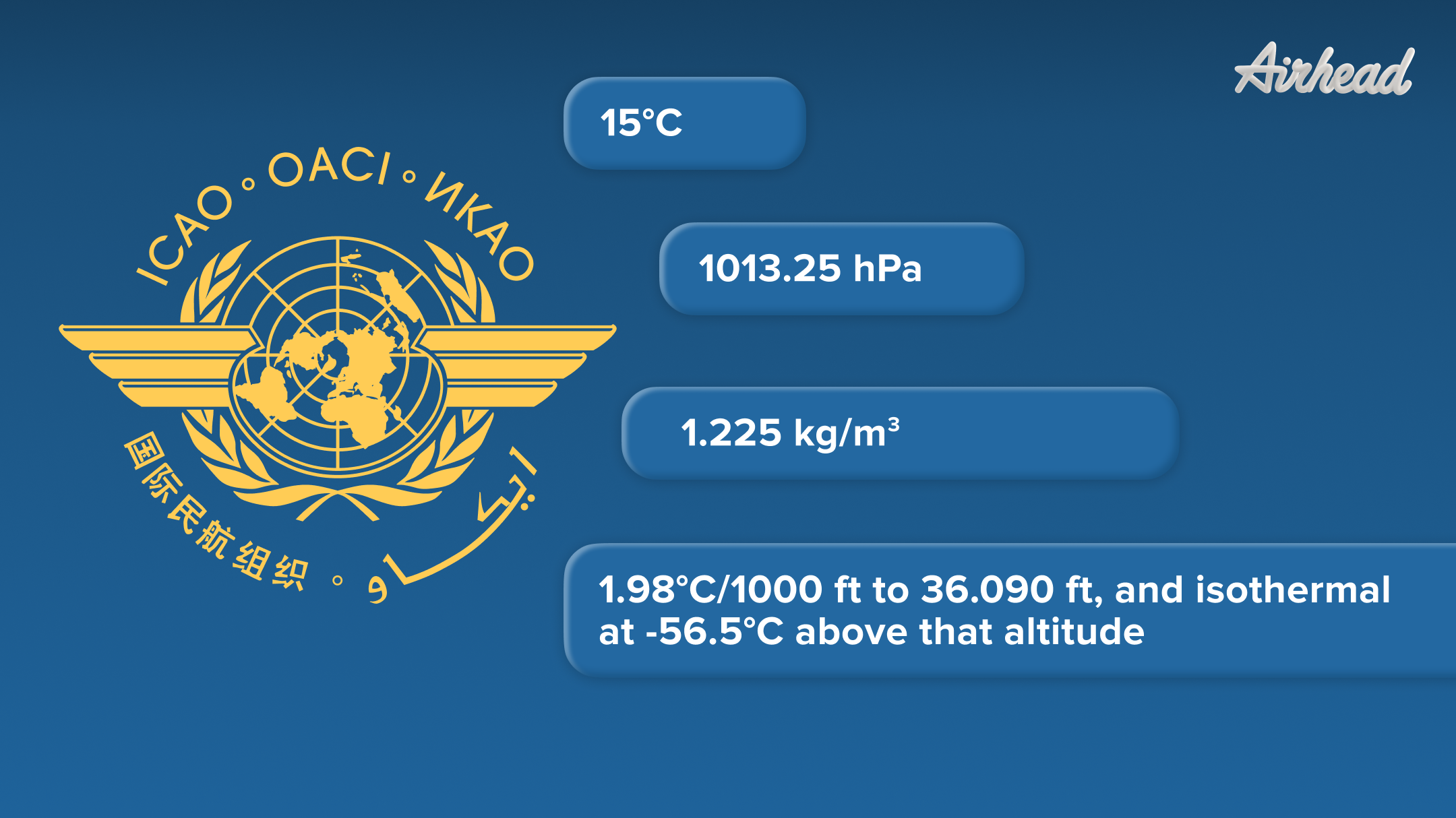
Airhead's Takeaway
While the topic may seem complex, breaking it down into these core elements makes it manageable. Chris Keane’s insights remind us that every pilot must develop a solid understanding of these principles—not just to pass exams, but to ensure the safety and efficiency of their future flights.
For a deeper dive into how the atmosphere affects flight performance, watch the video version of the lesson with Chris Keane
Stay tuned for the next session, where Chris Keane will continue exploring the atmosphere’s role in aviation, helping you deepen your understanding and ace that ATPL exam!







